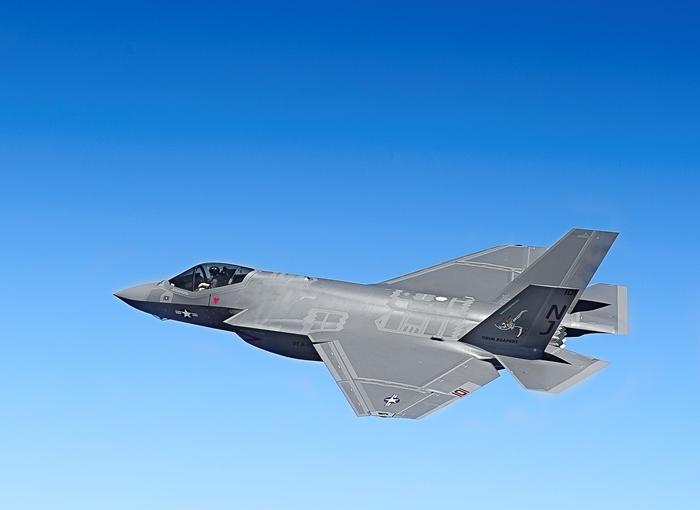On June 16, the Federal Government officially released its Defence Acquisition Guide, a major document covering hundreds of defence procurement projects. The guide, however, was far more than a list of procurement projects, as it also outlined the future of Canadian defence procurement over the next several decades.
One of the central components of the Defence Acquisition Guide was the much discussed Future Fighter Capability project, which is intended to find a replacement for Canada’s aging CF-18 fighter fleet set to retire in 2020. According to the Anticipated Timeline, the Definition Approval stage was planned for between 2015 and 2017. According to the Project Approval Process, the Definition Approval stage “marks the transition from determining what should be done to mitigate a deficiency, to determining how the preferred option will be implemented.” The definition stage also “includes standing up a dedicated project management team, determining substantive requirement, cost and schedule estimates and investigating and mitigating risk.”
This past week has also seen some new developments regarding the possible procurement of Lockheed Martin’s controversial F-35 Lightening II. Widely considered the most likely replacement to the CF-18, the F-35 was heavily criticized because of its large price tag and the governments lack of a vetting process against other fighter jets. In response to the public broadside and a damning 2012 Auditor General report, the Federal Government put the procurement on hold and tasked an independent panel from the Royal Canadian Air Force to review the decision.
On June 12, the Independent Review Panel released its findings and concluded, among other things, that it was “entirely satisfied with the rigour of the evaluation process…” In response, the Public Works and Government Services Canada announced the Federal Cabinet would review all the information available to date and decide how to proceed forward. Although this gives the government a ‘green light’ to procure the F-35s, some media reports have speculated that the final decision about replacing the CF-18 could be delayed until the next election.
If a pilot were to eject from an F-35 over the Arctic or northern oceans, they would be left with only hours to live. This dire prospect is compounded by Canada’s sparse population density and lacking search and rescue capabilities.
The full report by the Independent Review Panel has not been made accessible to the public, engendering criticism from the opposition and criticism of the F-35 from observers persists. Some maintain that the plane’s single engine is a significant concern because failure would ultimately result in a crash. In the 1960s, Canada purchased 239 single engine CF-104 Starfighters of which 110 crashed as result of engine failure, killing thirty-nine Canadian pilots and earning it the nickname “Widow-maker.” A quarter of these failures resulted from from bird strikes and led to the procurement of our double engine CF-18s. Critics of the government’s attachment to the F-35s argue that the lesson of the Starfighter should not be forgotten. If a pilot were to eject from an F-35 over the Arctic or northern oceans, they would be left with only hours to live. This dire prospect is compounded by Canada’s sparse population density and lacking search and rescue capabilities.
The mixed signals around the F-35 file are problematic on many levels, but particularly in undermining public confidence. In my recent articles on defence procurement in the United Kingdom and Australia, one insight clearly stood out. Consistency and transparency are important for instilling confidence in the public and key industry stakeholders. That is not to say that sensitive details about current procurement decisions should be released into the public domain. Rather, more attention should be paid to explaining the mechanisms and processes behind major defence procurement acquisitions.
Many headlines about defence procurement focus on the most dramatic details, particularly the estimated total price tag. Everyone would benefit if the public discussion about defence procurement included nuances and consistency and transparency are essential for convincing Canadian taxpayers that large investments in defence procurement are truly worthwhile.
In many ways, the Defence Acquisition Guide is a step in the right direction. In particular, the Capability Based Planning and Project Approval Process sections help make the whole defence procurement process more accessible to the public. The Acquisition Guide’s diverse list of procurement projects is also helpful in this regard. It demonstrates the scope and complexity of the Canadian Forces’ mission and highlights the importance of maintaining and enhancing its equipment and capabilities.




